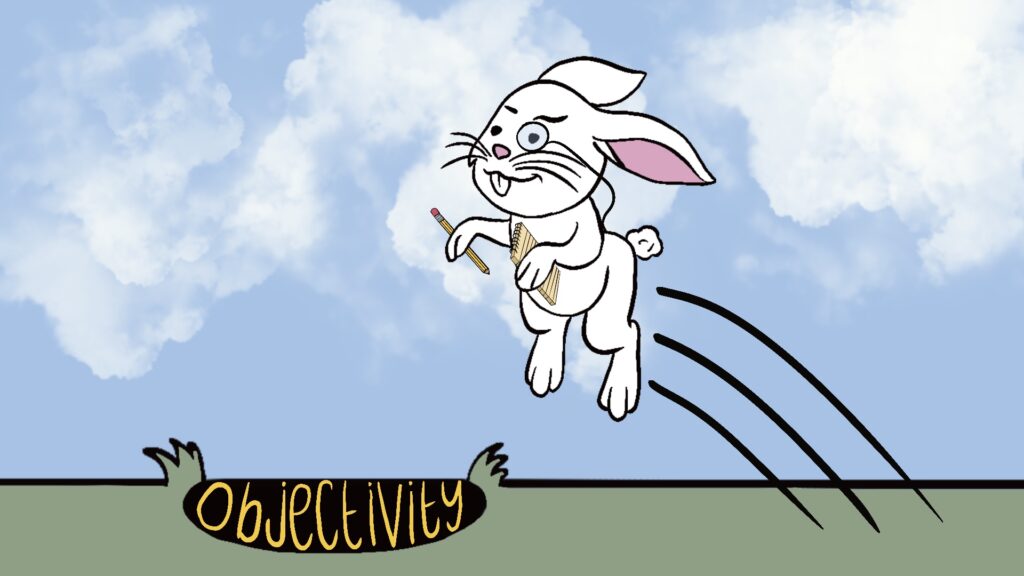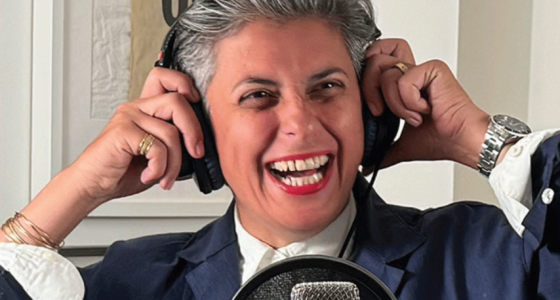Can journalism be objective in a complex world—and should it?

Objectivity, as it’s commonly understood in newsrooms, is often considered a cornerstone of journalistic practice. Impartiality is outlined in CBC’s Journalistic Standards and Practices handbook as an essential element in maintaining credibility and trust with its audience. But recent years have proven that journalism doesn’t sit above the world—it moves with it. And we’re in a time of reckoning.
As media ethicist Stephen Ward writes, “The central notion of news objectivity is that reporters should be neutral stenographers of fact, eliminating their opinions and interpretations from their reports.”
But the long-standing concept is under renewed scrutiny—especially as activism and social movements continue to gain momentum and media attention. From Land Back protests to racial justice, journalists find themselves at a crossroads: Where does the line between journalistic integrity and objectivity begin and end when reporting on activism and social movements? Does the line exist at all?
It may be time to let go of objectivity. “I don’t think there’s such a thing,” says Gavin Adamson, professor of journalism at Toronto Metropolitan University (TMU). “There’s fairness and then transparency, and not much else.” Adamson notes that critiques of complete objectivity aren’t new, as debates around neutrality in journalism have been ongoing for at least a decade.
“Every reader has at least once in their life wondered: Why are the journalists covering this story this way?” Adamson continues. For him, activism and social movements don’t threaten journalistic integrity—they challenge it to be more honest. He emphasizes the importance of fact-checking, methodology, and transparency about what gets included or left out of the news. It’s about making sure audiences know exactly where a story is coming from and why.
Sonya Fatah, associate professor of journalism at TMU, says objectivity isn’t possible and questions who holds the power to define what qualifies as activism and objectivity. “I feel like the minute you start looking at those questions,” Fatah says, “you see gaps and holes in the practice.”
Instead, she points to a framework called solidarity journalism, a term coined by journalism educator and researcher Anita Verma, which centres human rights in reporting. The framework calls for rigour, and for telling human stories in ways that lead to action, recognizing that every story contains multiple layers.
However, that work can be complicated. Fatah explains that the issues embedded in social movements require journalists to represent a multiplicity of voices within singular communities. This can be done, she says, by examining how power structures and systems contribute to the endangerment of individuals or communities and translating that complexity in ways the public can understand.
Adamson also notes that journalism can no longer be a one-way street. Newsrooms must engage in real, ongoing dialogue with their audiences. Transparency builds trust, and that means being open about how stories are told—and who’s telling them. The real danger isn’t journalists taking a stance. It’s failing to recognize that they already have one.
About the author
Neesa is finishing her Bachelor of Journalism program with editorial work at The Review of Journalism. She takes great pleasure in editing, culture, learning all things tech, feature writing, web design, music, and poetry. If she isn’t jamming to something, analyzing something, cooking something, or brainstorming about something – she’s writing.




